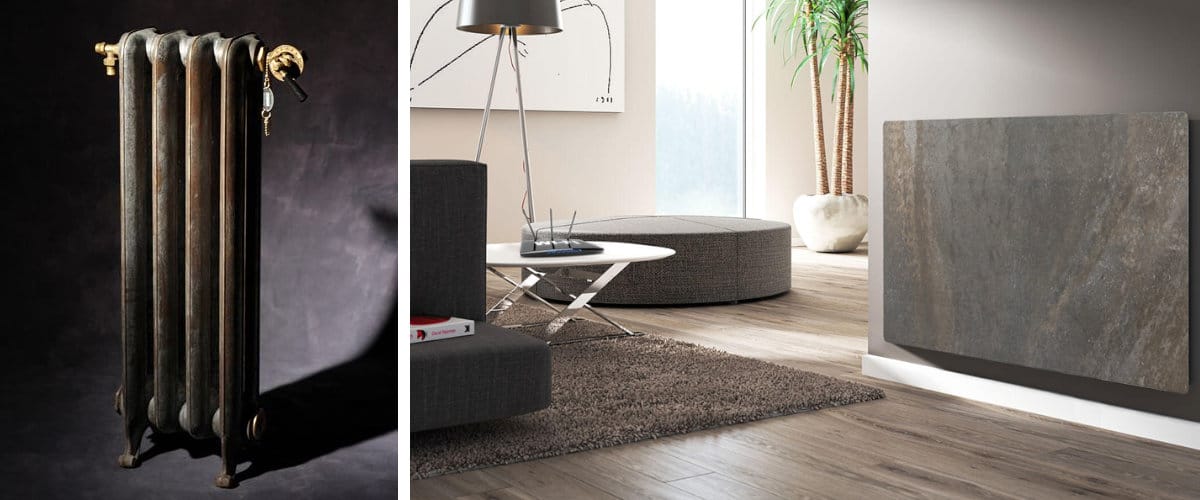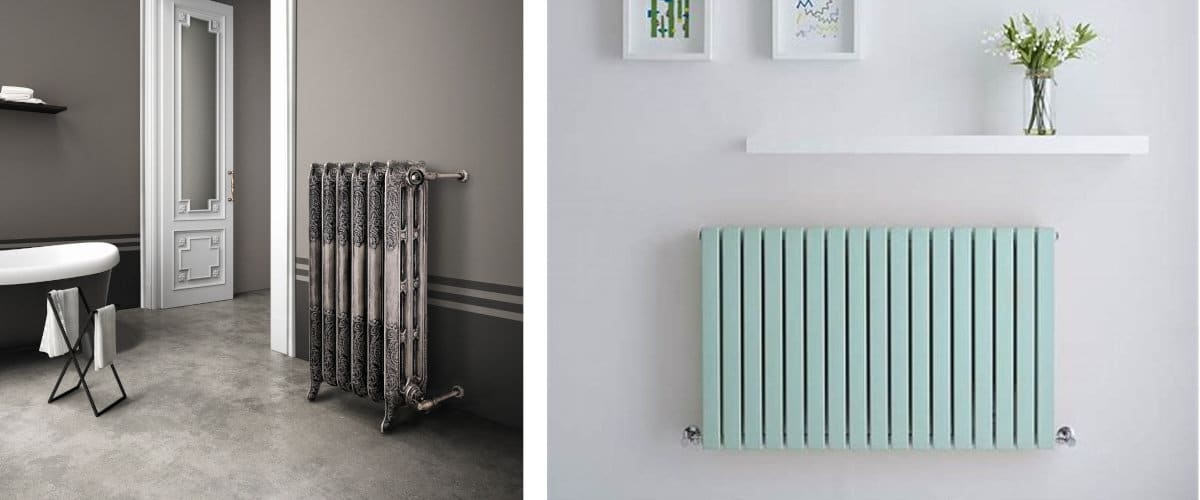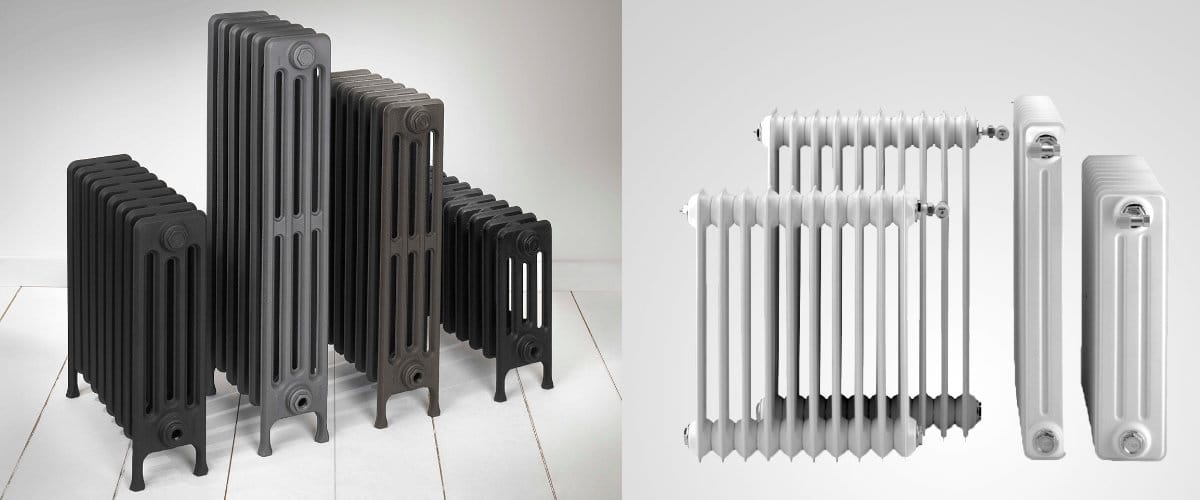
Installation of water heating it is very popular in our homes. The efficiency of this versus the electric heating has made this system one of the most installed. So much so that water radiators have become one more decorative element in our homes. But do you know what its main characteristics are? What should you look for when buying one? We clarify some of your doubts.
What is a water radiator?
The water radiators are part of a fixed heating system installed as a complement in those homes that have a gas or diesel boiler. Connected to the boiler, the radiators generate heat thanks to the hot water that circulates through the pipes, distributing the heat throughout the different rooms.
With use, these pipes can fill with air, reducing the performance of the radiators. Hence, every year before winter starts it is necessary to purge them. With this simple operation, the air that hinders the circulation of the water that heats the radiators is eliminated, ensuring a better heating system performance and thus reducing energy consumption.

In exchange for basic maintenance, water radiators heat our home and they do it quickly. This is one of the advantages of this heating system but not the only one as we detail below:
- Its heating is very fast.
- They provide efficiency and savings versus electric heating.
- Allows to dose the power of each of the radiators through thermostatic valves and programmers.
- They are very durable system.
- Currently water radiators adopt different designs so that it is easy to adapt them to different environments.
Factors to consider in your purchase
The breadth of the space you need to heat is one of the factors that you must take into account when designing the installation. The power of the water radiators will be determined by this factor. And choosing the right power is essential as this will influence the boiler consumption. In order to make it easy for you, we will explain this and other factors in detail below:

Space to heat
The size of the space that you need to heat will determine the power of the radiator or water radiators to be installed. In general, it is recommended to calculate that 150 calories are necessary to heat each square meter. And if in doubt, increase this power since the higher the calorific power, the lower the gas or diesel consumption used by the boiler.
However, the calculation is not always exact. When we talk about the power necessary to heat a certain space, there are other variables that we must take into account. The quality of the insulation, the orientation of the house, and the climate of the geographical area, are some of them.

Radiator size
Available space to place the radiator will determine the size of the same. Radiators are generally placed under windows. An optimal place to favor the diffusion of hot air and a more efficient operation. If that is the chosen place, you must measure the physical hole where it will be located so that it does not pose an obstacle later.
You do not have to place the radiators under the windows, but you should always keep in mind that they should never be extremely close to furniture, sofas or curtains. This could limit the heat emitting capacity and cause domestic accidents. Today the existence of both horizontal and vertical radiators of very different sizes, it also makes it unnecessary.

The material
Currently you can choose between a wide range of materials and designs. The correct combination of both will allow you to easily create a specific atmosphere in any room in your house. Also, it will determine your budget to a greater or lesser extent. The most common materials are the following:
- Molten iron: For decades they were the most commercialized radiators, but little by little they have been replaced by others. They are robust and generally bulkier than radiators made of other materials. They also take longer to heat up, although they retain heat for longer.
- Aluminum: One of the greatest advantages of this material is its high thermal performance. This allows them to heat up and cool down quickly when turned on and off. As it is a lightweight and versatile material, it also facilitates a wide variety of designs. They are the most appreciated for their reliability and their conductive capacity, but also the most expensive.
- Steel: They have great aesthetic value; Most designer water radiators are made of steel. Those made of sheet steel are among the cheapest on the market and they also work well.
There are many types of water radiators that you will find on the market. From cast iron designs and vintage aesthetics to modern steel designs with striking finishes that mimic other materials such as stone. However, aesthetics should not be the only factor determining your choice; practical issues such as power, size or efficiency are decisive.